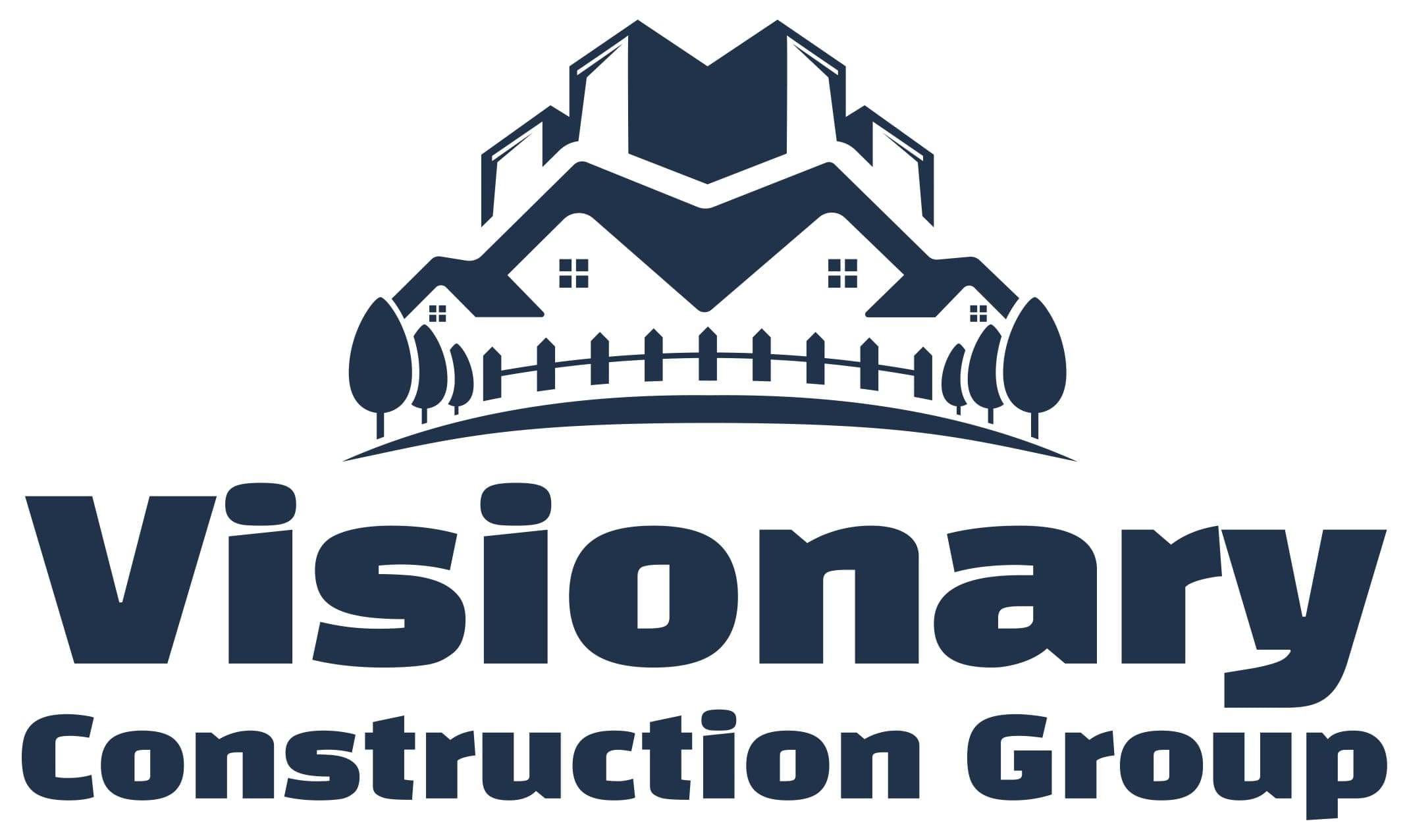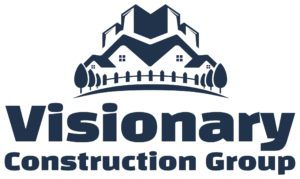Deciding to complete a home rebuild is a significant financial commitment, often driven by the desire to create a personalized living space or address structural issues that make renovation impractical. However, weighing the costs against the potential value it adds to your property before diving into such a project is crucial. This guide will help you navigate the financial landscape of a complete rebuild, ensuring you make an informed decision that aligns with your goals and budget.
Assessing the True Costs of a Complete Rebuild
Direct Costs: Labor, Materials, and Permits
The most apparent expenses in a complete rebuild are the direct costs associated with labor, materials, and permits. Labor costs vary widely depending on the project’s complexity and the workers’ expertise. High-quality materials, while more expensive, can significantly impact the longevity and aesthetic appeal of the finished product. Additionally, securing the necessary permits can be time-consuming and costly, mainly if your rebuild involves significant changes to the original structure.
Indirect Costs: Living Arrangements and Miscellaneous Expenses
Indirect costs are often overlooked but can add up quickly. During a complete rebuild, you’ll need to arrange temporary housing, which could mean renting an apartment or staying in a hotel. Other indirect expenses include storage fees for your belongings, utility disconnections and reconnections, and even increased insurance premiums during construction.
The Value Proposition of a Complete Rebuild
Increased Property Value
One of the most compelling reasons to undertake a complete rebuild is the potential increase in property value. A new, modern home typically appraises higher than an older, renovated one, mainly if the rebuild addresses fundamental issues like outdated wiring, plumbing, or foundation problems. A rebuild can make your property more appealing to future buyers, resulting in a higher resale value.
Modernization and Energy Efficiency
Rebuilding from the ground up allows you to incorporate the latest energy-efficient technologies and building practices. Modern homes are often better insulated, utilize energy-efficient windows and doors, and can accommodate renewable energy sources like solar panels. These upgrades reduce your carbon footprint and can lower your utility bills, providing long-term savings.
Customized Living Space
A complete rebuild allows you to design a home perfectly suits your lifestyle. Whether you add more space for a growing family, create an open floor plan, or integrate smart home technology, a rebuild allows you to tailor every aspect of your home to your needs and preferences.
Factors That Influence the Cost and Value of a Rebuild
Location and Market Trends
The location of your property plays a significant role in both the cost and potential value of a rebuild. In high-demand areas, a modern rebuild can yield a substantial return on investment. However, in regions where property values are stagnant or declining, the financial benefits of a rebuild may be less pronounced. Understanding the local real estate market is crucial in determining whether a rebuild is a wise financial decision.
Quality of Materials and Workmanship
The materials you choose and the quality of workmanship can significantly influence both the cost and value of your rebuild. Investing in high-quality materials and hiring experienced professionals can result in a home that looks better, lasts longer, and requires less maintenance. This can enhance the overall value of your property and make it more attractive to potential buyers.
Design Complexity and Custom Features
The complexity of your home’s design and the inclusion of custom features can drive up costs but also add significant value. Unique architectural elements, custom cabinetry, and high-end finishes can make your home stand out in the market. However, balancing these features with the overall budget is essential to avoid overspending on elements that may not provide a proportional return on investment.
Cost-Benefit Analysis: Is a Complete Rebuild Worth It?
Comparing Rebuild Costs to Renovation Costs
When considering a complete rebuild, comparing the costs with those of a significant renovation is essential. While a rebuild is often more expensive upfront, it eliminates the need to work around existing structures and can address all underlying issues in one project. In contrast, renovations can be more affordable initially but may result in higher costs over time if they require multiple phases or fail to address critical structural issues.
Long-Term Benefits vs. Immediate Costs
While the immediate costs of a rebuild can be daunting, the long-term benefits often justify the investment. A new, energy-efficient home can result in lower utility bills, reduced maintenance costs, and a longer lifespan. Additionally, the increase in property value can provide a significant return on investment, particularly in a strong real estate market.
Financing Your Complete Rebuild
Exploring Mortgage Options
Financing a complete rebuild typically involves taking out a mortgage. If you own the property, consider refinancing your mortgage or taking out a construction loan. Understanding the financing options available can help you choose the best one for your financial situation.
Understanding Construction Loans
Construction loans are specifically designed to finance the building of a new home. These loans typically cover the cost of the land (if not already owned), labor, materials, and permits. Construction loans often have higher interest rates and shorter terms than traditional mortgages, but they can be converted into a standard mortgage once the construction is complete.
Budgeting for Unexpected Costs
No matter how carefully you plan, unexpected costs are inevitable in a complete rebuild. Whether you discover unforeseen structural issues or decide to upgrade materials mid-project, it’s crucial to have a contingency fund. A good rule of thumb is to allocate 10-20% of your budget for unexpected expenses.
Case Studies: Financial Outcomes of Complete Rebuilds
Case Study 1: A Successful Suburban Rebuild
In this case study, a family in a suburban neighborhood decided to rebuild their outdated home to include modern amenities and increase energy efficiency. The project resulted in a 40% increase in property value, far exceeding the rebuild’s costs. The family also benefited from lower utility bills and improved living conditions.
Case Study 2: An Urban Rebuild with High ROI
An urban rebuild focused on converting a dilapidated property into a modern, multi-family dwelling. The project took advantage of the property’s prime location, resulting in a high return on investment (ROI) and increased rental income. The rebuild also revitalized the neighborhood, contributing to overall property value growth.
Case Study 3: Challenges and Lessons from a Rural Rebuild
A rural rebuild presented unique challenges, including limited access to high-quality materials and skilled labor. Despite these challenges, the project ultimately added value to the property, though the ROI was lower than anticipated due to the higher costs and slower market growth in the area. This case highlights the importance of considering location and market trends when planning a rebuild.
Conclusion: Making an Informed Decision
A complete rebuild is a significant investment but can offer substantial financial and personal rewards when done thoughtfully. By carefully assessing the costs, understanding the potential value, and exploring your financing options, you can make an informed decision that aligns with your goals. Whether you’re driven by the desire to create a dream home or increase your property’s value, understanding the financial impact of a rebuild is crucial to your success.
FAQs
How do I determine if rebuilding is the best option for my property?
Consider the extent of the necessary repairs, the current market value of your property, and your long-term goals. Consulting with a real estate professional or contractor can provide additional insights.
What are the hidden costs of a complete rebuild?
Hidden costs include temporary living expenses, utility reconnections, storage fees, and unforeseen structural issues. Allocating a contingency fund can help cover these unexpected expenses.
How can I ensure that my rebuild adds maximum value to my property?
Focus on quality materials, energy-efficient upgrades, and design features that appeal to a broad range of buyers. Keeping the rebuild within the local market context can also help maximize value.






